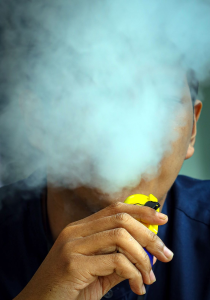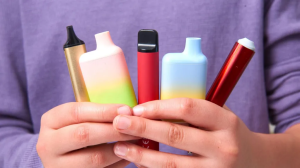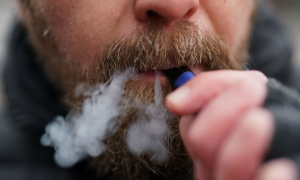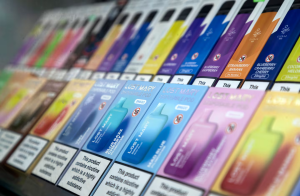Vaping synthetic opioids can cause overdose or unconsciousness within minutes and from just six puffs, Victorian medical expert says
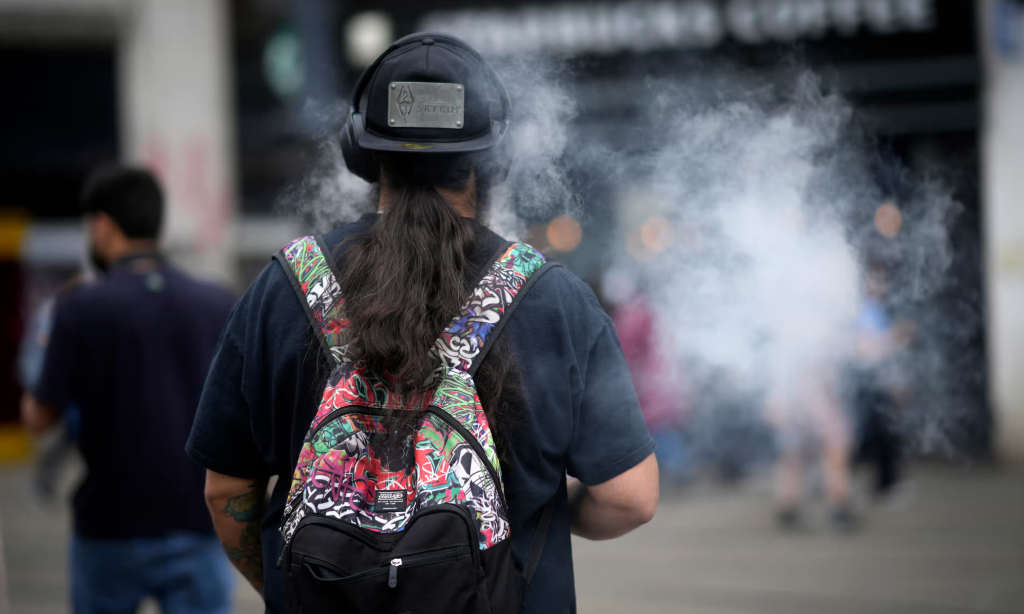
A teenager died and a young man was left struggling to breathe after vaping synthetic opioids, as doctors warn the potentially deadly drugs are contaminating a growing range of recreational substances.
The patients overdosed after vaping THC, the psychoactive component of cannabis, mixed with protonitazene, a synthetic opioid 100 times more potent than heroin.
Medical experts who treated the patients reported on the cases in a paper published in the journal Clinical Toxicology, calling for greater availability of anti-overdose drugs amid the rising circulation of synthetic opioids.
One of the patients was a teenage boy from Queensland who died after being found unconscious and hypothermic. Bystanders and paramedics attempted CPR but he was declared dead 50 minutes later.
Protonitazene was detected in a pod vaping device found in the boy’s hand and in two bottles of vaping e-liquid found at the scene, as well as in his blood.
In the second case, a Victorian man in his 20s fell unconscious and struggled to breathe outside a concert venue after using a THC vape.
His oxygen level fell dangerously and he needed paramedic assistance to breathe. He stopped breathing once at hospital, requiring ventilation.
The man had protonitazene in his blood and developed mild pneumonia from inhaling vomit or other substances, requiring antibiotics to treat the infection.
When vaped, protonitazene can cause overdose and unconsciousness within minutes, after as few as six puffs of a vape, according to Adj Prof Jennifer Schumann, an author of the study and the head of the Drug Intelligence Unit at the Victorian Institute of Forensic Medicine.
Schumann said it was “particularly concerning” that the drug had begun to appear in vapes, as users may not be aware that they were consuming opioids.
“We’re seeing these potent synthetic opioids pop up in a whole lot of recreational drugs for people not expecting to use opioids, like MDMA and ketamine and cocaine, and now cannabis vapes,” she said.
“There’s this much higher risk of overdose and fatal overdose in people using vapes that contain a nitazene, especially [when] they don’t know.”
It is unclear whether the two patients knew they were using synthetic opioids.
In November, NSW Health warned that three overdoses – including one death – were linked to potent opioids in black market vape juice used for refillable vapes.
In June, synthetic opioids were detected in the bodies of a 17-year-old boy, two men, aged 32 and 37, and a 42-year-old woman after the four were found dead in a Melbourne home.
“On the unregulated drug market, there’s such a variety of different substances and doses that people really just don’t know what they’re using,” Schumann said.
“People need to be aware that … they might be exposed to a nitazene and an opioid overdose, even if they think they’re using a completely unrelated recreational drug.”
Experts said governments should provide more harm reduction measures, building on the drug checking services available in the Australian Capital Territory and Queensland and flagged for Victoria.
“This is a service that all Australians should have access to,” Schumann said. “We know that they save lives and prevent overdose.”
The study also found the anti-opioid drug naloxone would have been effective in reversing the two overdoses.
Dr Brendan Clifford, a deputy director at the National Centre for Clinical Research on Emerging Drugs, said the finding demonstrated the need for greater education about and provision of naloxone.
The drug is available at pharmacies free of charge and without a prescription but is stocked by only 60% of pharmacies, according to a survey earlier this year.
Clifford and Schumann said users should carry naloxone, learn the signs of an opioid overdose – including blue lips, lethargy and difficulty breathing – and call for emergency care as quickly as possible.
Source: The Guardian

